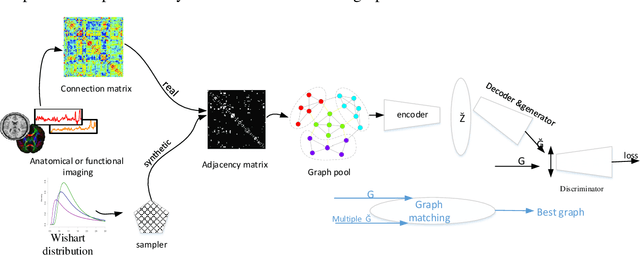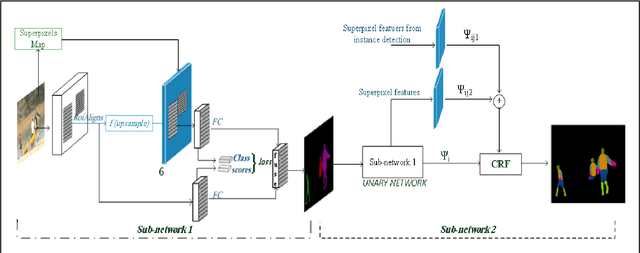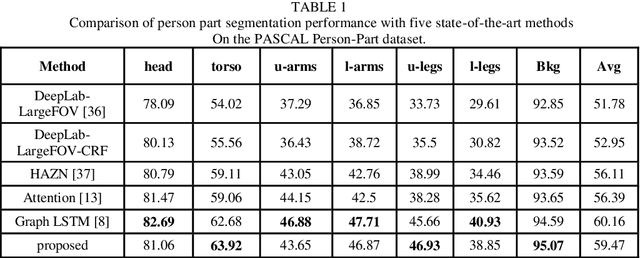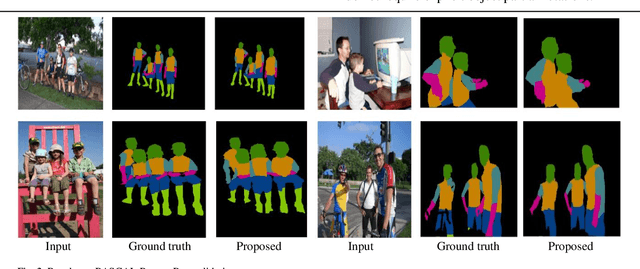Jalal Mirakhorli
Inferring Brain Dynamics via Multimodal Joint Graph Representation EEG-fMRI
Jan 21, 2022Abstract:Recent studies have shown that multi-modeling methods can provide new insights into the analysis of brain components that are not possible when each modality is acquired separately. The joint representations of different modalities is a robust model to analyze simultaneously acquired electroencephalography and functional magnetic resonance imaging (EEG-fMRI). Advances in precision instruments have given us the ability to observe the spatiotemporal neural dynamics of the human brain through non-invasive neuroimaging techniques such as EEG & fMRI. Nonlinear fusion methods of streams can extract effective brain components in different dimensions of temporal and spatial. Graph-based analyzes, which have many similarities to brain structure, can overcome the complexities of brain mapping analysis. Throughout, we outline the correlations of several different media in time shifts from one source with graph-based and deep learning methods. Determining overlaps can provide a new perspective for diagnosing functional changes in neuroplasticity studies.
Graph-Based Method for Anomaly Prediction in Functional Brain Network
May 24, 2019
Abstract:Resting-state functional MRI (rs-fMRI) in functional neuroimaging techniques have accelerated progress in brain disorders and dysfunction studies. Since, there are the slight differences between healthy and disorder brain, investigation in the complex topology of functional brain networks in human is difficult and complicated task with the growth of evaluation criteria. Recently, graph theory and deep learning applications have spread widely to understanding human cognitive functions that are linked to gene expression and related distributed spatial patterns. Irregular graph analysis has been widely applied in many brain recognition domains, these applications might involve both node-centric and graph-centric tasks. In this paper, we discuss about individual Variational Autoencoder (VAE) and Graph Convolutional Network (GCN) for the region of interest recognition areas of brain which not have normal connection when apply certain tasks. Here in, we identified a framework of Graph Auto-Encoder (GAE) with hypersphere distributer for functional data analysis in brain imaging studies that is underlying non-Euclidean structure, in learning of strong rigid graphs among large scale data. In addition, we distinguish the possible mode correlations in abnormal brain connections.
Semi-Supervised Hierarchical Semantic Object Parsing
Oct 29, 2017


Abstract:Models based on Convolutional Neural Networks (CNNs) have been proven very successful for semantic segmentation and object parsing that yield hierarchies of features. Our key insight is to build convolutional networks that take input of arbitrary size and produce object parsing output with efficient inference and learning. In this work, we focus on the task of instance segmentation and parsing which recognizes and localizes objects down to a pixel level base on deep CNN. Therefore, unlike some related work, a pixel cannot belong to multiple instances and parsing. Our model is based on a deep neural network trained for object masking that supervised with input image and follow incorporates a Conditional Random Field (CRF) with end-to-end trainable piecewise order potentials based on object parsing outputs. In each CRF unit we designed terms to capture the short range and long range dependencies from various neighbors. The accurate instance-level segmentation that our network produce is reflected by the considerable improvements obtained over previous work at high APr thresholds. We demonstrate the effectiveness of our model with extensive experiments on challenging dataset subset of PASCAL VOC2012.
 Add to Chrome
Add to Chrome Add to Firefox
Add to Firefox Add to Edge
Add to Edge